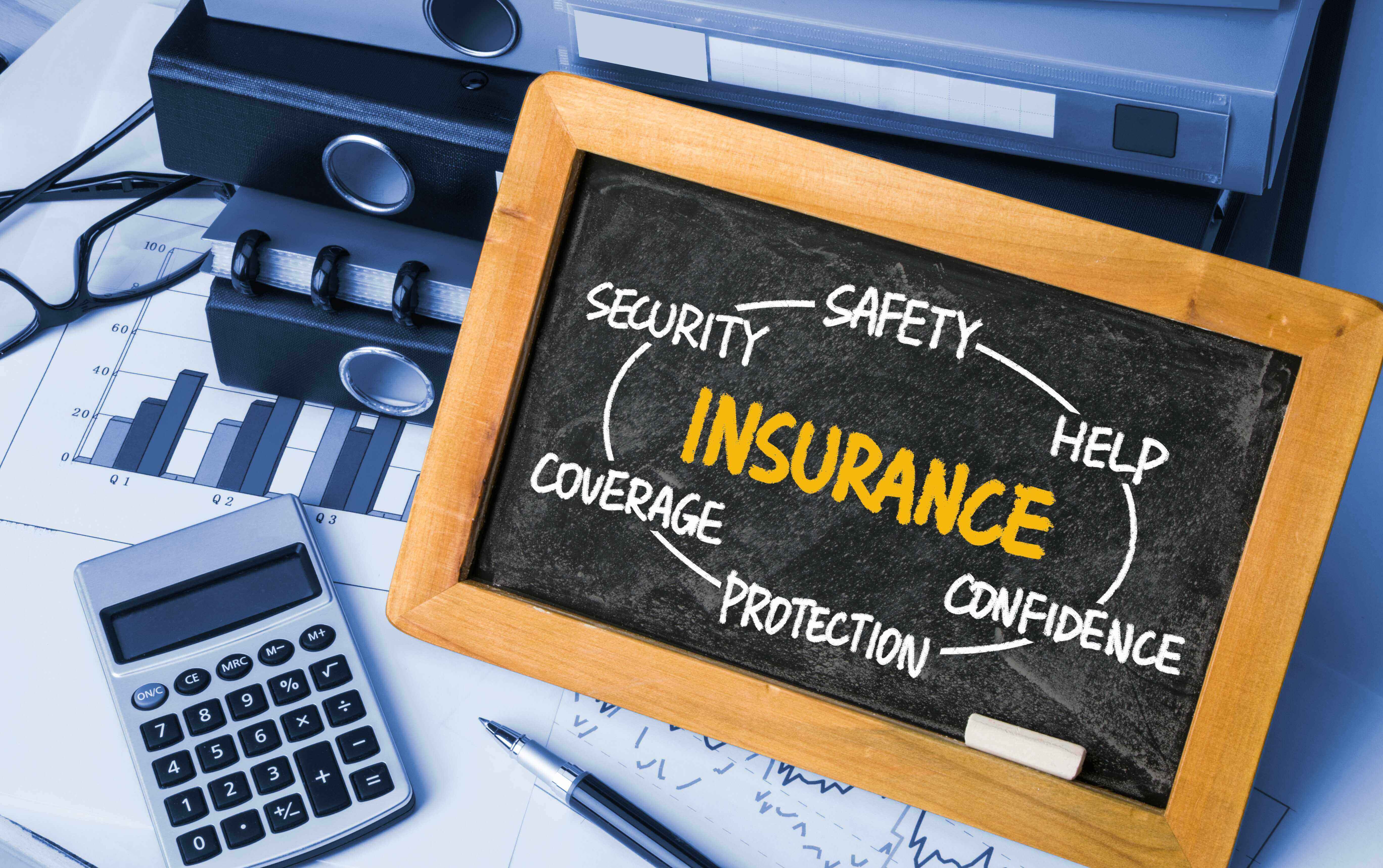How Much Is Your Texas Home Worth?

A couple of years ago, when Sherry Thompson decided to shop around for home insurance after her annual policy with Geico was renewed at $15,000, the advice she got from insurance agents to lower her rate was blunt. "Get out of Seabrook," she recalled them saying.
The question on her mind quickly became, who could afford to move in?
Higher home insurance premiums are threatening to destabilize the housing market, as buyers back away from increasingly uninsurable homes and homeowners struggle to keep up with payments in areas more prone to the impacts of climate change.
Real estate analysts and academics are concerned that insurance hikes will crater property values in some communities, sending a shock wave through the country's economy that, as a U.S. Senate Budget Committee report concluded late last year, could "trigger a full-scale financial crisis similar to what occurred in 2008."
"Insurance is the primary mechanism by which climate change is pricing its way into the real estate market," said Jeremy Porter, the head of climate implications at First Street, a company that models climate risk.
In Texas, where home insurance has spiked only recently, there's little data on how property values are being impacted.
But real estate agents and mortgage brokers on the coast say the early signs are there -- and not just because of higher interest rates, which have slowed down the market nationally. Buyers are increasingly backing out of contracts because they can't afford the cost of insurance. Homes are sitting on the market for longer, and sellers are dropping list prices.
Jamie Terry, a real estate agent in League City, said roughly 10% of the deals she represented last year fell apart because of the cost of insurance.
"This year, it's really been a factor of, can a buyer really afford this home?" said Teresa Riddle, a Pearland real estate agent. "They cannot afford what they used to be able to afford and they're having to go down in price."
In Seabrook, an idyllic city of 14,000 tucked just east of the NASA Space Center, online forums are filled with people's anxiety over the rising cost to insure their most valuable asset. The city is known for its good schools and natural beauty, but almost every property is in a flood zone.
"You see people making comments on social media, like, we have to leave," said Matt Hearon, who has lived in Seabrook since 2012. "You better sell now before it gets worse."
A few months ago, Thompson's neighbor left Seabrook and put her house on the market. It sat there for months. "I'm shocked it hasn't sold," Thompson said. "It does make you worry."
Eroding property values
Homeownership has been the primary way that Americans build wealth for nearly a century -- paying roughly the same amount on a fixed-rate loan every month for 30 years and retiring with an asset to pass along to their kids.
Climate change upends that bargain.
"The whole notion of a 30-year mortgage is now in question," said Toni Moss, the founder and CEO of AmeriCatalyst, a real estate research company based in Austin. "You originate a loan for 30 years and you assume the environment is stable, and that's no longer true."
A report released on Monday by First Street found that mounting insurance costs and increased climate risk could erode the value of residential real estate by $1.5 trillion over the coming decades.
Home insurance costs make up a greater percentage of a monthly mortgage payment than ever before -- more than 20%, compared to 8% in decades prior, according to the research.
Over the next three decades, almost every county in Texas will see property values erode because of the rising cost of insurance and people moving away from areas of high climate risk, First Street found, with some of the highest losses concentrated in North and West Texas.
"For years the severity and frequency of these events have been increasing," Porter said. "But insurance changes have just started to catch up in the last three, four, five years. So we built up this uneven climate debt that we're just trying to pay off."
The impact of the home insurance crisis on real estate can already be seen in Florida, where homes are taking longer to sell and often for less than the list price, Porter said.
"After years and years of the Florida market being really resilient .... We're starting to see sellers not hold the upper hand anymore," Porter said.
In Texas, many sellers are dropping list prices to factor in the cost of insurance, said Troy Cothran, a real estate agent and the secretary-treasurer of the Houston Association of Realtors. He estimated that list prices in some coastal communities are being reduced by 5 to 15%.
Numerous studies have found that when climate risk is communicated to prospective home buyers -- either through the price of insurance or flood disclosure laws -- the value of homes in high-risk areas drops.
That type of information is only becoming more accessible to home buyers.
Last year, Zillow incorporated First Street Foundation's climate risk data into some of its home listings, following other listing sites including Redfin and Realtor.com. Home buyers can now see how an individual property rates on five risk factors -- flood, wildfire, wind, heat and air quality.
In 2019, Texas lawmakers tightened up disclosure requirements for sellers located in moderate flood zones. As a result, thousands of homeowners had to start disclosing their homes were at risk of flooding -- and in the years after, one study found home prices in 500-year flood zones fell 4.2%.
New flood maps from FEMA are expected this year, which will change the boundaries of where people are required to carry flood insurance -- and disclose their flood risk.
Mostly, people are not leaving Houston and moving to Duluth, Minnesota, Porter said. Instead, people are moving within metropolitan areas from areas of high climate risk to areas with lower risk, often because they're anchored to the place through their jobs and families.
"They still want to live in Houston and they still want to live in Miami," he said. "They just maybe would try to pick a home that has a flood factor of six instead of a ten."
First Street mapped Census blocks across the country where the population has already declined due to flood risk. Property values in these so-called climate abandonment areas will fall by 6.2% over the next three decades, researchers found, with most of that loss attributable to the rising cost of insurance.
When Mimi Montgomery moved to Galveston in 1998, she didn't think she was moving somewhere risky. She was trying to be practical. The housing was affordable and she quickly found a job as a student teacher. She had a son and sent him to public school. "All the things you look for when you're finding a place to live," she said. "But now we're faced with this existential crisis."
Montgomery, who now works as an independent mortgage broker, bought a house for her parents a few doors down from where she lives in League City, after their home flooded during Hurricane Harvey. She owns another rental down the street that she's preparing to sell to her son. The insurance on every one of those homes has nearly tripled over the past year, she said.
"Now you could say, well, just sell that house and move to an area that has cheap insurance," she said. "Well, sell it to who? Nobody wants to pay."
The contours of climate-related home value depreciation are still emerging, said Toni Moss of AmeriCatalyst. But what is clear, she said, is that there will be uninhabitable areas. And as property values decline, so will tax revenues and public services.
"Unless we deal with the root cause of climate change, we're buying time," Moss said. "In a sense, we're all renting certain parts of the country that are livable for now."
Foreclosure risks
Vanessa George, a single mom to three kids, bought a two-story red brick home with big bay windows in Seabrook four years ago, priced at the limits of what she could afford. Initially, her home insurance cost $4,000 a year. Then it more than doubled and her monthly payment jumped by almost a thousand dollars. She couldn't keep up. By early 2025, she was facing foreclosure.
Experts worry that as insurance premiums rise, foreclosures will become more common. A working paper published last month by researchers from New York University, Rice University and the Federal Reserve Bank of Dallas found that as insurance premiums go up, so do mortgage delinquencies: A $500 increase in premiums on a $400,000 home was associated with a 27% increase in delinquencies over the average.
Homeowners in the areas at highest risk of climate change impacts are more likely to fall behind on their mortgages, studies have found. And as insurers back away from communities most prone to hurricanes, floods, fires and droughts, the problem will only grow.
Gale Saley, a real estate agent in Seabrook, worries about how her $12,000 annual insurance premium will impact the value of the home she's lived in for 25 years. She and her husband want to move when they retire in a few years, but they don't know if they'll be able to afford to. "The house might be worth more, in any other neighborhood. But with the insurance rates ... why would you pay $300 extra a month in insurance when you could get a bigger house for that same $300 a month somewhere else?"
Correction: An earlier version misspelled the first name of a real estate agent and member of the Houston Association of Realtors. It's Troy Cothran, not Tony.
The post How much is your Texas home worth? appeared first on Insurance News | InsuranceNewsNet.


